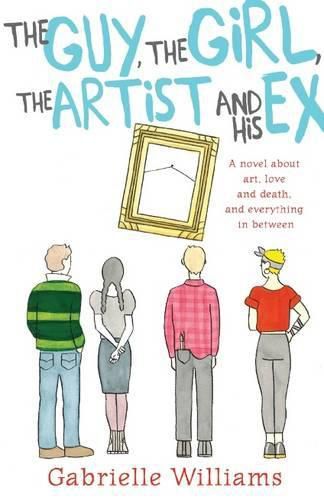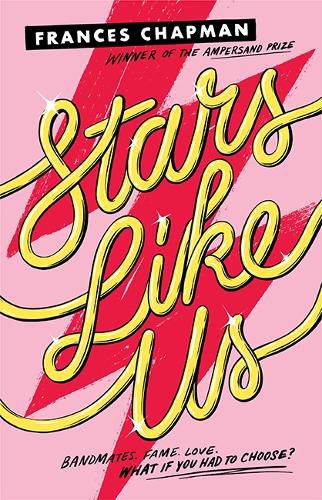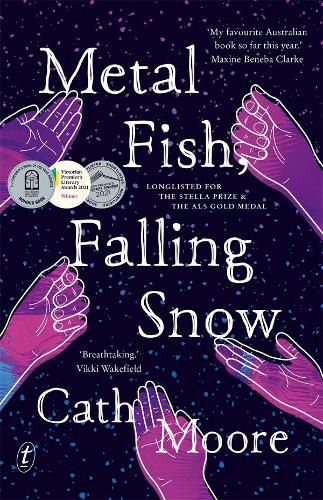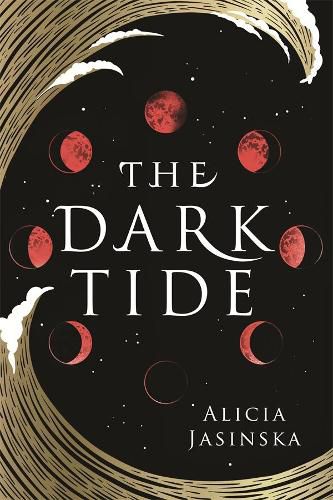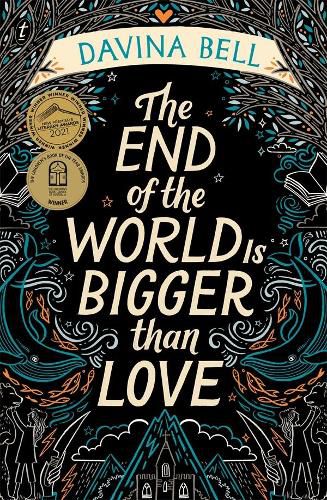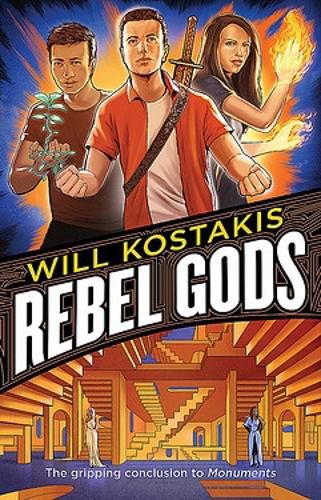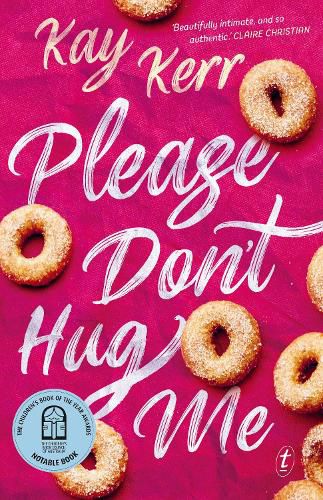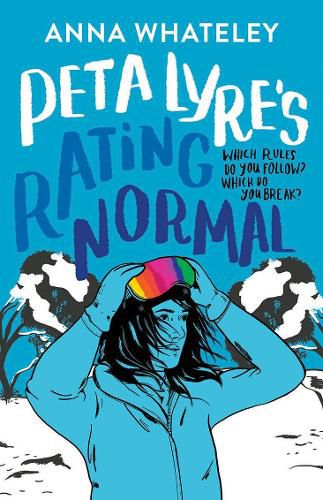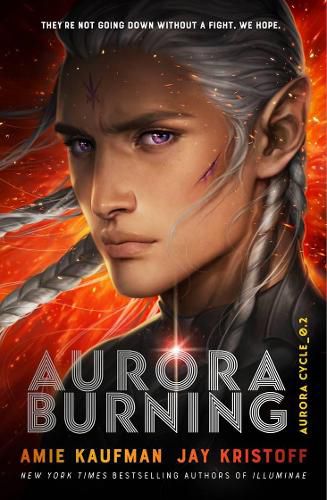Australian YA: the quiet achiever
Professionally, you’d have to be a little short of Earth logic to give your heart away to young adult (YA) fiction in this country. The challenges come from all sides.
You’re up against industry snobbery, for a start, despite the fact that children’ and YA books as a category is that rare beast: a print publishing and bookselling growth area. Martin Amis skimmed us a casual slur in 2011, summing up many people’s inside-thoughts: ‘If I had a serious brain injury I might well write a children’s book.’ Inflammatory comments deserve nothing more than an eye-roll, but Amis is not alone in suffering from a careless misunderstanding of how difficult it is to write a book that young people actually want to read.
The snobbery extends into mainstream media. There is precious little review space or airtime for Australian YA. Rare newspaper articles are often scaremongering or derisory. For example, accusing YA of being too dark for teenagers (usually based on a casual reading of the back cover blurb), or mocking anyone over 18 who still reads YA as if it’s the literary equivalent of sucking your thumb. At literary festivals, you won’t find Australian YA authors programmed on panels – on any theme or topic – with writers of adult fiction, even though the stats show that the YA market is slightly dominated by those who are, in fact, adults, and readers of both adult and YA fiction. To put it bluntly, within the industry few are taking Australian YA seriously.
There’s further need for a thick hide outside the industry if you’re a writer, editor or bookseller. Even your friends and relatives may at some point in your career utter these damning words: ‘When are you going to write/edit/sell a proper book?’ All of those challenges and snubs, however, are not specific to Australian YA, and probably say more worrying things about the way we think about our young people – particularly our teenagers – than what we think of people who write/edit/sell books for them.
What is more concerning is that homegrown stories are being utterly overshadowed by American ones. Whereas American YA is booming as a category that extends beyond the bookshop and into the movie theatre, Australian YA is overlooked. When Readings asked teenage book group Level 87 (from the 100 Story Building organisation) why this might be, members said that although Australian YA was as good as, if not better than, American YA, they simply didn’t hear of it as much.
(Ed. note: You can listen to their full discussion )
This wasn’t always the case. My Readings colleagues– who grew up reading Australian YA, whereas I did not– testified to this. They recall a fever over writers like John Marsden and Melina Marchetta, the desperate wait for the next book, and of Margaret Clark novels passing from hand to hand in high school. By contrast, they don’t remember much American YA.
But this new-generation lack of visibility was confirmed in a recent survey of national libraries, which found that of the Top 10 most-borrowed young adult books, only two were by Australians. (One of those – The Book Thief by Marcus Zusak – was published in this country as fiction; it was the US who re-classified it as YA.) It was left to Castlemaine author Ellie Marney, relatively new to the scene with her excellent trilogy of YA crime novels, to fly the flag alone at number 8.
Although it would be easy to dismiss this as the usual cultural domination by the overwhelming force of the US, in other categories – adult fiction, adult non-fiction and younger children’s books – Australians held their own. It seems that teenagers are surrounded by so much global noise when it comes to book choices that they’re missing out on stories growing in their own backyards.
The very bald facts of the survey made all the mainstream papers, which added to the sting. If journalists had looked under the heavy rock of the Top 10, they’d have found a particularly fine specimen: Scot Gardner’s The Dead I Know. Not a movie, nor a series, but a fantastic Australian stand-alone story, illustrative of what Australian YA is about.
It’s natural for those who work on, read and write Australian YA to get defensive. To be told that the books you are passionate about are not valued very highly is to be woefully misunderstood. Or, worse, to feel as though you’ve simply got it all wrong. That you have no proper place.
This feeling translates neatly into why surrendering to the invisibility of Australian YA is not an option. Ultimately, Australian YA is for and about Australian young adults. If they’re not finding it, they’re missing out on the stories that reflect their lives. They deserve the pleasure of finding in a story a recognisable place, bird, tree, turn-of-phrase or history. They deserve access to the kind of YA that is brimming with ideas, observations and themes that are particular to their experience; the plot-steady, fine prose and originality of Australian YA.
This is an argument that, privately, I go around in circles with. While I believe in the importance of finding yourself in stories, I think you can do that just as well with characters who are – superficially, at least – not like you at all. (Is that my white, straight, middle-class privilege speaking?) I get twitchy with any kind of flag-waving, and I love reading YA fiction from all over the world (for instance I’d love to see more translated fiction here, too). Finally, I’m not Australian. Does that basic fact disqualify me from being an OzYA champion, I sometimes wonder? But what I keep returning to are two points that reassure me about how I spend my time and energy. The first is that Australian YA is something of a badge of quality to me – it is the most impressive of underdogs. And the second is simply that if Australia can’t look after its nice things, we won’t get to keep them.
Fortunately, Australia’s YA community swiftly faced up to the depressing results of the library survey, as well as the 9:1 ratio of international buy-ins to homegrown books, by using this struggle as a springboard for change. They rallied. First order of business, a hashtag – #LoveOzYA– and from there a whole range of simmering ideas and, most importantly, a sense of group energy. It’s a very friendly, Australian kind of movement based on mateship, mutual respect and the will to build something that will be effective long-term.
LoveOzYA had its first real-life mass conversation at Readings Hawthorn in July, when 100 people turned up on a very wintry night to hear a panel talk about what Australian YA is doing right (fine prose, originality, thoughtful themes) and what it could do better at (more diversity: both characters and authors). Recognising that every one of the bestselling US YA books had a huge juggernaut to spread news of its existence into every last crevice is exactly the kick up the backside we needed. We’ll have our own juggernaut! Only, we don’t want to replicate what happens in the US to create blockbusters, we want to work together to make sure that the Australian market knows where to find – and why to find – Australian YA.
(Ed. note: You can find a recap from the event )
To borrow a phrase from a recent close study of YA in America compared to Australia, written by Allen & Unwin commissioning editor Susannah Chambers, Australian YA is our ‘quiet achiever’. But even quiet achievers need attention and reassurance. Susannah used the phrase to describe how YA used to operate in the US, before YA books became global phenomenons, but I think it works to describe Australian YA of the past and present and it’s a status we should preserve. Writing produced for young people is at the heart of any culture, and Australian culture shouldn’t dress the same as US culture; it needs to pick out its own clothes.
Speaking of attention and reassurance, Readings have conducted our own survey of YA sales, and found that this year the number one spot so far belongs to Melbourne’s Gabrielle Williams (The Guy, The Girl, The Artist and His Ex), followed closely by Alice Pung (Laurinda) at number 3. The US bestsellers dominate the Top 10, but nipping at their heels are: Nona and Me by Clare Atkins, Every Move by Ellie Marney, Pieces of Sky by Trinity Doyle, and A Small Madness by Dianne Touchell.
Readings has long been known for promoting Australian fiction, and, more recently, Australian children’s fiction (see the Readings Children’s Book Prize). Now it intends to put even more weight behind Australian YA. I’ve no doubt that other establishments will follow, and places like the Centre for Youth Literature will continue to do most excellent things, but perhaps now with more cohesive support from the rest of the industry. We need to play the long game here.
Yes, you’d have to be a little short of Earth logic to give your heart away to young adult fiction in this country. And, fortunately, so many of us are.



